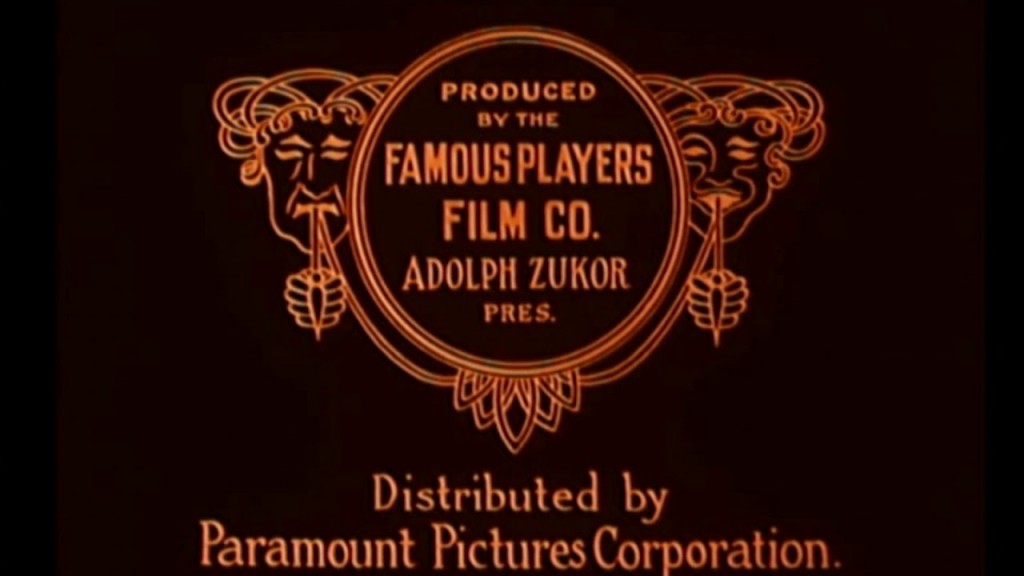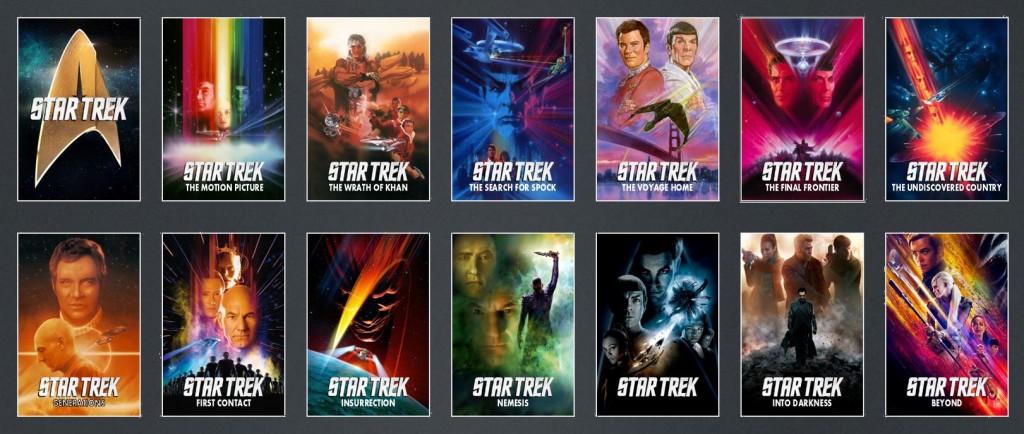We all know that movies are great. A good film can make us feel a range of emotions, cry from sadness or laughter – sometimes in the same film! People often say there is nothing like sitting in a cinema, waiting for the lights to go down, but does watching films actually have an effect on our brains? The science of Neurocinema aims to find out!
What is Neurocinema?
Neurocinema is the study of how movies affect our brains. Different parts of the brain react to various stimuli, so one part will react to a loved one, while another to a papercut. By scanning brain activity during certain scenes or films, we can see which parts of the brain react to the film. Films that we are more engaged in show a bigger reaction, while less engaged have only small ones. Film is unique as an art form because of the amount of sensory input. Every image and sound is controlled and intended to create a specific response. Not only does the science explore what makes a good film, but also learn more about how our brains work
Alfred Hitchcock is famously referred to as “The Master of Suspense” with films like Psycho, Vertigo and Rear Window often cited as some of the greatest thrillers of all time. His films still have influence today, decades after their original release. It’s not really a surprise then that some of his works are used in many experiments. Especially the iconic shower scene. Despite films often offering various depictions of mental disorders, neurocinema is focused on how brains react to the film, rather than how the films depict things, although results from studies could lead to films finding the “scientifically ideal” way to show them.
What could it mean?

At a basic level, these studies can tell us which parts of a movie are “good” ie, engaging, causing the right emotional response and “bad”. Directors can then re-edit or reshoot scenes to create the most engaging version. Linger on a shot of the love interest glancing back, or cut the boring villain origin story. Marketing executives can push these scenes in the trailers. The tension between the Avengers, or the iconic soundtrack of Star Wars.
Although this information is often gathered by focus groups, results can be unreliable. If test audiences are shown several trailers over the course of 30 minutes, it’s likely they’ll have forgotten the first one by the end. They also can often change their opinions because they want to give the “correct” answers. By scanning brain activity, they can look at responses in the moment, as well as collect thoughts after they’ve had time to think. Focus groups can be invaluable, but there is a lot of room for error or fudged results.
James Cameron, always one to harness new technologies, actually referenced the technology during the development of Avatar, stating his belief that a scan would show that audiences enjoyed 3D more than 2D. Although he may have been wrong (it’s really hard to find any information about something he said 10 years ago), he did use the technology on one of the trailers. With a test audience viewing the trailer in a modified MRI scanner, Cameron and his team were able to pinpoint the most engaging bits of the film to use in the trailer
Another genre that has been heavily influenced by science is horror. With studies showing that some films like IT are able to tap into audiences primal fears. When people jump or scream in the audience, it’s because the brain has “forgotten” they’re watching a film, and reacting on instinct. This works especially well with films that rely on actual phobias, like clowns.
Neurocinema is an exciting and new field, with a lot of potential to enhance the way we enjoy new movies, as well as offer fresh insights into old favourites. The brain is such an interesting thing to study, and the fact that films can stimulate it so could lead to some interesting discoveries. Who knows what this could lead to?
Also Read: Research Shows How Cinematherapy Can Help Reduce Anxiety
[mc4wp_form id=”514″]
[wpedon id=11056]





